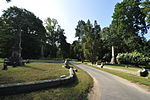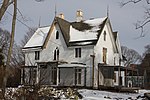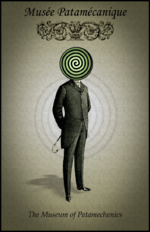Joseph Reynolds House
1700 establishments in Rhode IslandBuildings and structures in Bristol, Rhode IslandHistoric American Buildings Survey in Rhode IslandHouses completed in 1700Houses in Bristol County, Rhode Island ... and 5 more
Houses on the National Register of Historic Places in Rhode IslandNational Historic Landmarks in Rhode IslandNational Register of Historic Places in Bristol County, Rhode IslandSaltbox architecture in the United StatesUse mdy dates from August 2023

The Joseph Reynolds House (also known as Willowmere) is a historic house at 956 Hope Street (RI 114) in Bristol, Rhode Island, United States, built c. 1698–1700. The three-story wood-frame house is one of the oldest buildings in Bristol and the oldest known three-story building in Rhode Island. It exhibits distinctive, well-preserved First Period features not found in other houses, despite an extensive history of adaptive alterations. It is further significant for its use by the Marquis de Lafayette as headquarters during the American Revolutionary War. It was designated a National Historic Landmark in 1983.
Excerpt from the Wikipedia article Joseph Reynolds House (License: CC BY-SA 3.0, Authors, Images).Joseph Reynolds House
Adelaide Avenue,
Geographical coordinates (GPS) Address Nearby Places Show on map
Geographical coordinates (GPS)
| Latitude | Longitude |
|---|---|
| N 41.683611111111 ° | E -71.279444444444 ° |
Address
Adelaide Avenue 28
02809
Rhode Island, United States
Open on Google Maps











